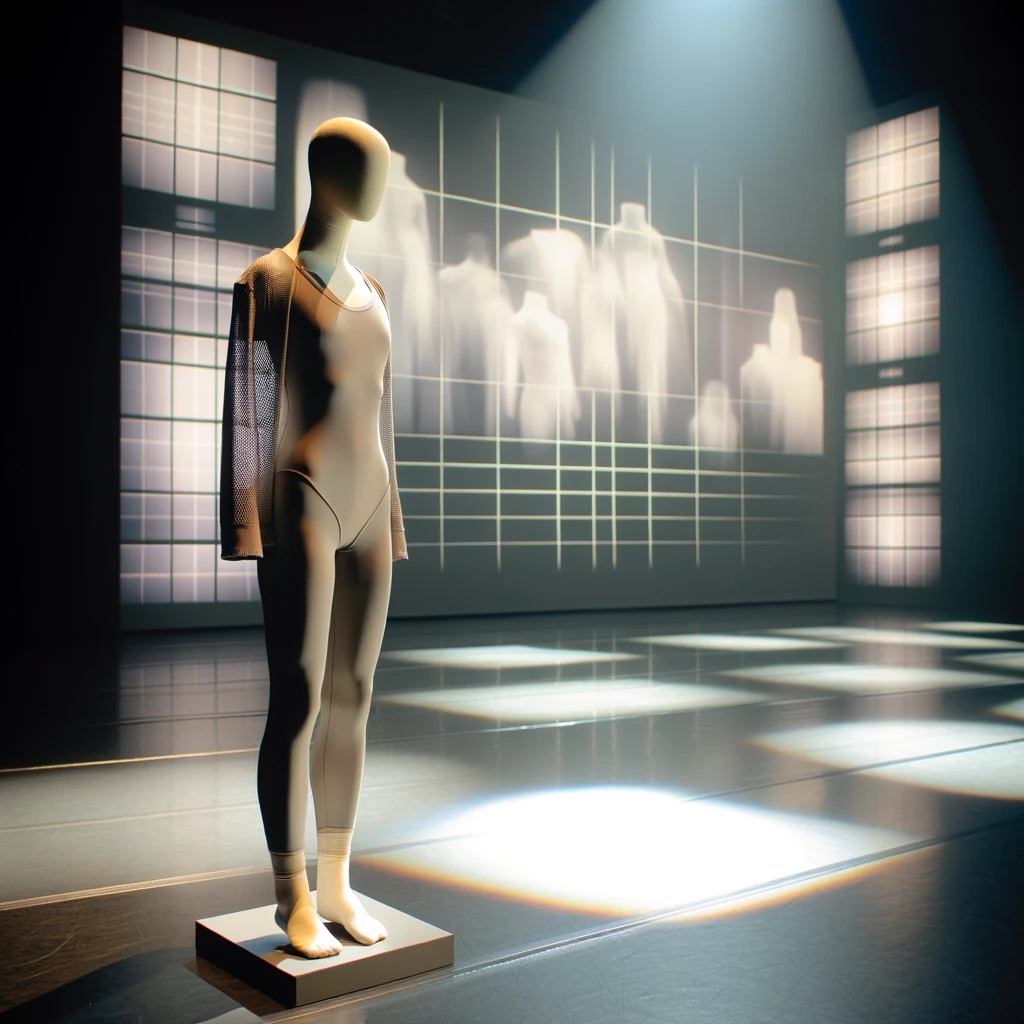In the world of contemporary dance, an outfit is more than just a garment—it’s a vital component that bridges fashion and functionality. The right clothing not only complements the aesthetics of a performance but also enhances the dancer’s ability to express and move freely. Given the physical demands and expressive nature of contemporary dance, choosing the appropriate attire is crucial for both comfort and performance. This blog post delves into the sophisticated world of contemporary dance outfits, exploring how they are designed to meet the unique needs of dancers by blending style with practical utility. We’ll examine what makes a great dance outfit, from the materials used to the design principles that prioritize movement and comfort.
The Importance of Outfit Choice in Contemporary Dance
The choice of outfit in contemporary dance plays a pivotal role in a performer’s ability to execute complex choreography while also conveying the artistic vision of the piece. Unlike traditional dance forms that often have strict costume requirements, contemporary dance offers more flexibility, allowing dancers to use their outfits as an extension of their artistic expression.
Key Factors:
- Comfort: Dancers require outfits that are comfortable enough to wear for long rehearsals and multiple performances, reducing distractions and potential skin irritations.
- Flexibility: The fabric and fit must allow for a full range of motion, accommodating every leap, twist, and turn without constraint.
- Durability: Given the intensity of dance routines, materials need to withstand considerable wear and tear without losing their shape or aesthetic appeal.
- Expressiveness: Outfits should enhance the story or emotion being conveyed in the performance, using colors, shapes, and textures that align with the choreography’s themes.

Materials and Design
Choosing the right fabric is essential for dancewear. Common choices include:
- Lycra/Spandex: Highly favored for its exceptional stretchability and body-hugging properties, which allow for uninhibited movement.
- Cotton: Often used for its breathability and softness, making it ideal for practice wear.
- Performance Fabrics: Innovative materials that wick away moisture, regulate body temperature, and provide anti-microbial properties are increasingly popular among dancers who need comfort during intense routines.
Design Considerations:
The design of contemporary dance outfits must carefully balance aesthetic appeal with practical functionality. Designers often work closely with choreographers to create outfits that visually complement the dance while ensuring they perform well under the physical demands of movement.
- Aesthetic Integration: How the outfit’s design reflects the mood and theme of the performance, using colors and textures to enhance visual storytelling.
- Functional Features: Incorporation of features like adjustable straps, hidden supports, and non-restrictive seams that cater to the dancers’ needs.
- Innovation in Cut and Construction: Exploring asymmetrical lines, layering, and the use of transparent materials to add depth and interest without compromising performance.
Trendsetting Outfits in Contemporary Dance
In the realm of contemporary dance, certain outfits have become almost as iconic as the performances themselves. For instance, the minimalist yet striking costume worn in “Biped” by Merce Cunningham featured simple leotards paired with intricate projections, enhancing the visual impact of the dancers’ movements. Another example is the vibrant, flowing dresses used in Alvin Ailey’s “Revelations,” which add a layer of drama and intensity to the powerful choreography.
Practical Tips for Choosing a Contemporary Dance outfits
Guidance for Dancers:
Choosing the right dancewear is essential for any dancer. Tips might include:
- Fit and Comfort: Ensure that the outfit fits well without being too tight or too loose, as improper fit can inhibit movement and affect performance.
- Appropriate for Choreography: Consider the specific demands of the choreography. For example, a piece with lots of floor work may require padded costumes or more durable materials.
- Personal Style: While functionality is paramount, choosing an outfit that reflects the dancer’s personal style can boost confidence and performance.
What to Avoid:
- Restrictive Clothing: Avoid outfits that restrict your movements or alter your natural posture and alignment.
- Inappropriate Materials: Steer clear of materials that don’t breathe well or can cause discomfort during intense routines.
- Overly Complicated Designs: While visually appealing, complex designs with excessive embellishments or accessories can become impractical or even hazardous during a performance.
Conclusion
Choosing the right outfit for contemporary dance is about more than just aesthetics—it’s about finding a perfect blend of form and function. A well-chosen dance outfit not only complements a dancer’s body and the choreographic vision but also enhances performance by allowing for freedom of movement and expressing the dance’s emotional core. Dancers should approach outfit selection with careful consideration, balancing their personal style with practicality to truly shine on stage.
